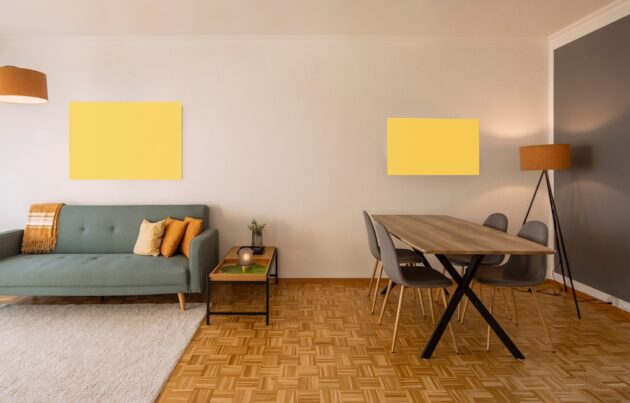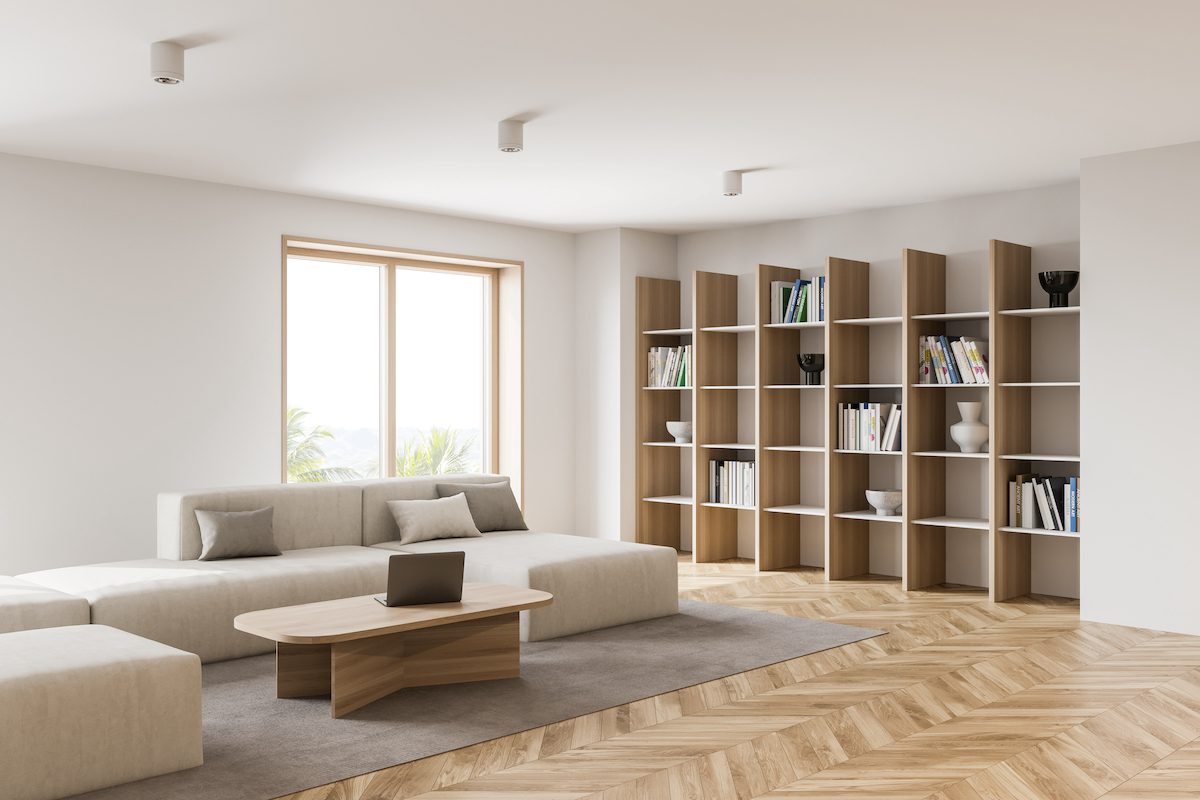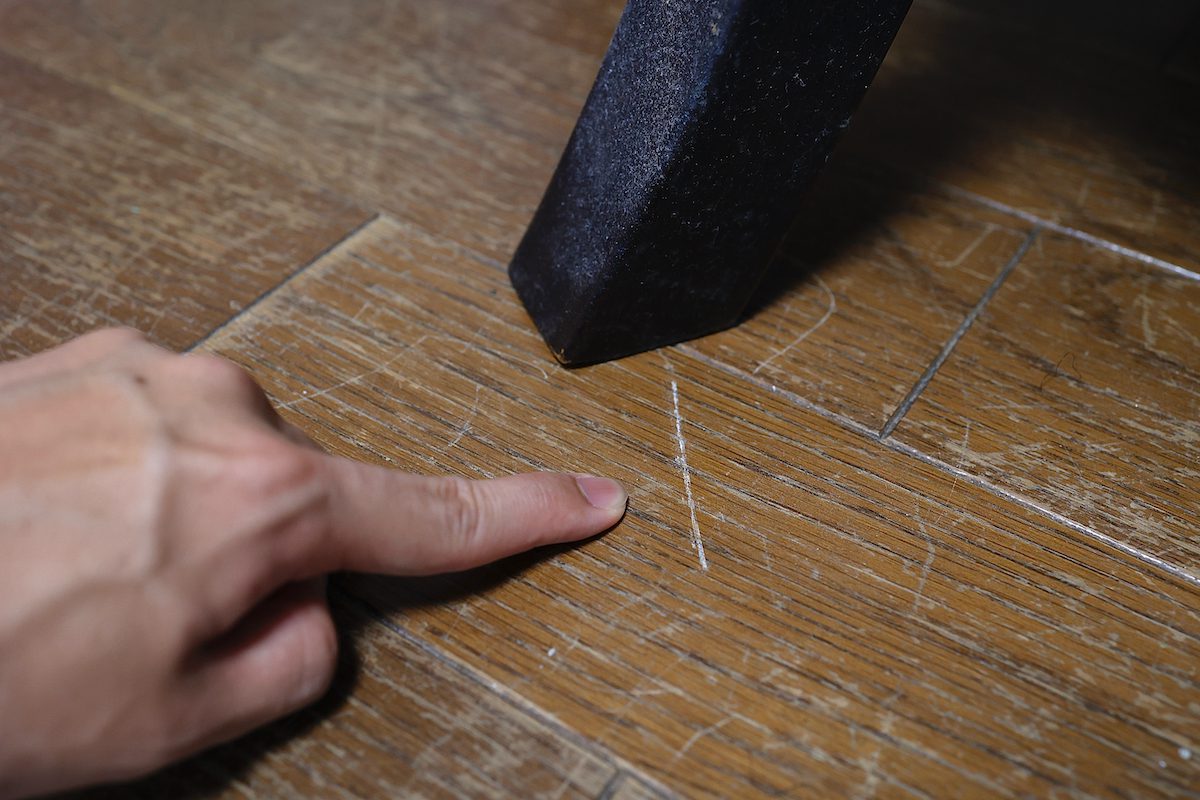Pros and Cons of Renting a Furnished Home as a Landlord
When it comes to rental properties, landlords have the option renting a furnished home. There are pros and cons to both choices, and the right decision for you will depend on your individual circumstances and what's best for you as the property owner.

Before you begin hauling in your own furniture to convert your unfurnished place into a fully-furnished rental, make sure you've thought through all the factors that should influence your choice.
What is a furnished property?
In order to provide tenants with furnished rental properties, you first must know how much furniture you need to put into the place. This can depend on how you're utilizing the rental, and what you can afford.
For long-term leases, those that start at a year in length, you may want to put less furniture into the property to give your tenants space to add their own personal touches or bring pieces from where they lived previously.
For a short-term rental, you may want to fully furnish the place. If someone is going to live there for a few months only, they most likely won't have or want to buy any furniture. You're saving them the headache of having to deal with all that.
As you decide what furniture you'll bring in, it's best to start with items renters expect to find in any property no matter what — kitchen appliances. Regardless of what other pieces you add, make sure your property has a working oven, stove and refrigerator.
Fully furnished
Many renters prefer a home that's completely furnished. This is when the rental unit includes all the appliances, furniture and basic necessities to feel at home. Plan on putting a little furniture in every room of the house, which translates to:
- Table and chairs in the dining room
- Bed and dresser in the bedroom(s)
- Shower curtain in the bathroom(s)
- Window coverings
- Ample lighting throughout
- At least a sofa in the living room (although you may want to add a coffee table)
In addition to the furniture, furnished rentals in this category can include other, smaller necessities and appliances. This means you can equip the home with a full set of pots and pans and kitchen utensils. You could even provide towels, but that may only work best if there's higher turnover so you can make sure they stay nice.
Even fully furnished, though, you don't have to provide your tenant with everything. Landlords may toss in a few extras, but items like a toaster, coffeemaker, blender and even a television are not standard.

Partially furnished
Partially or semi-furnished rentals can have any variety of items included. Most often, these rental units will still contain big furniture pieces like a bed, sofa, table and chairs. Some will also have a few smaller pieces, like a nightstand and lamps.
What's missing from a partially-furnished rental are the small extras like a shower curtain, utensils and towels. In a property like this, your tenant should expect to make small, easy-to-move-in purchases to set things up.
Pros of having a furnished rental
In addition to raising the rental price, deciding to furnish your property can offer up many benefits. While you may have to shell out extra money initially, renting furnished could end up saving you money in the long run.
Your rental property appeals to a growing market of short-term and mid-term renters
According to a report by the National Association of Realtors, the number of people renting homes has increased significantly in recent years, and the trend is expected to continue. This is due, in part, to the rise of the sharing economy (think vacation rentals), which has made it easier than ever for people to find furnished properties for use as short-term housing.
If renting out furnished, you'll be able to appeal to this growing market of short-term and midterm renters. This can be a great way to increase your income, as furnished rentals typically command a higher monthly rent than unfurnished ones.

You don't have to worry about tenants' furniture damaging your property
If you rent out a home that's not furnished, you have to worry about your tenants' furniture damaging your property. It's especially true if they're not careful with their belongings as they move in, or if they're bringing in a lot of large and heavy items.
This kind of damage may not be severe, but you'll have to take the time to repair it before the next tenant can move in. That can delay getting a new renter, and make it harder to turn over short-term rentals.
When you have a furnished short-term rental, on the other hand, you don't have to worry about this. The furniture is already in the home, and no moving is necessary.
You attract more renters because you make their moving process easier
Renting furnished makes it much easier for your tenants to move in. They won't have to worry about buying or renting furniture, which, even in a long-term rental, can be a big hassle (and big expense). The tenants also won't necessarily have to shop around and compare moving companies to get all their stuff moved in. They may even be able to manage the move themselves.
All of this makes your rental more attractive to potential tenants, especially if living in an area full of young professionals. They're always looking for an easy-to-live-in place.
You'll have a quicker turnaround and fill vacancies easier
Because you'll be able to attract more renters with furnished units, you'll also be able to fill vacancies faster. This is especially helpful for landlords with a high turnover rate or those with a rental in an area of high competition.
This demand, and the furniture, may also enable you to charge a higher rent.
You can charge a higher security deposit
Because there's more to furnished rentals, landlords often charge a higher security deposit. This is because the deposit must also now cover all the items that come with the entire unit.
Since a renter is more likely to damage furniture, it's important to have more funds to protect yourself from potential damages.
You can save on taxes
If you rent out a furnished or semi-furnished place, you may be able to take advantage of certain tax deductions. For example, you can deduct the cost of the furniture from your taxes as a business expense. This can help offset some of the costs of furnishing your rental property.
Cons of having a furnished rental
Offering up a furnished rental property isn't all positive, though. As with anything else, it's a trade-off between convenience, cost and inconvenience.

You have to worry about the furniture getting damaged or stolen
While you don't have to worry about your tenants' furniture damaging your property, you do have to worry about the furniture in the home getting damaged or stolen. While the cost for repairing damaged furniture should come out of the security deposit, you still have to take the time to get the repairs or shop around to replace what gets stolen. A landlord doesn't typically want to waste their time managing such a small detail.
You have to constantly update the furniture to keep up with trends
If you want to rent a furnished home that's stylish and up-to-date, you'll need to budget for the additional costs of keeping everything updated. This can be expensive and time-consuming, so it's something you should take into consideration before choosing to rent furnished.
You may have a harder time finding tenants
While the demand for furnished rentals is growing, it's still not as high as the demand for unfurnished rentals. This means you may have a harder time finding tenants for your furnished rental.
To rent a furnished home with your own furniture or not
All in all, there are both pros and cons to being the landlord of a furnished rental property. Before you decide to furnish, weigh all the factors carefully, and make sure you're aware of the risks involved so you can take steps to mitigate them.
